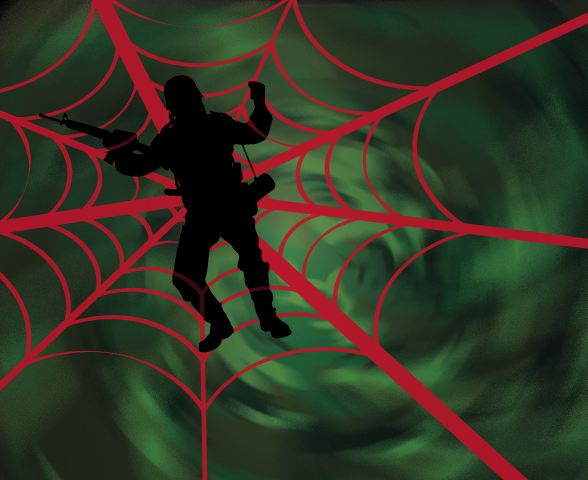In recent years, Australia’s security force assistance has primarily focused on states that are categorised as fragile or engaged in conflicts. However, expanding the policy toolkit of the Australian Defence Force (ADF) to encompass developed and advanced states could present new opportunities for achieving national government objectives, as well as benefiting the ADF and the Australian Army.
Several of Australia’s partner nations, such as the United Arab Emirates, fall under the category of developed and advanced states. These nations currently receive security force assistance from allied countries like the United States, United Kingdom and South Korea. The assistance provided often takes the form of train, advise, and assist missions, exemplified by the US Marine Corps Training Mission to the UAE’s Presidential Guard. Nonetheless, significant distinctions exist between providing such missions to fragile/conflict states and developed/advanced states.
One key distinction is that recipient states hold significant decision-making power regarding the form, type and nature of the assistance. Their authority stems from their ability to accept only offers that are deemed beneficial to their interests. In essence, they view themselves as customers since they bear the cost of the assistance, rather than mere beneficiaries. Generally, recipient states seek niche, advanced capabilities rather than basic skills. Additionally, they value non-traditional work of train, advise, and assist missions, including facilitating focused military-military visits; access to doctrine, tactics, techniques and procedures from the supplying state; participation in joint exercises; opportunities to train units in the supplying state; and enrolment in educational courses.
Another crucial aspect is the dual-level benefits provided by this form of assistance to the supplying state. From a national perspective, such assistance serves as a diplomatic signal, demonstrating a desire to strengthen bilateral relationships and a commitment to the recipient’s security. Moreover, it contributes to the capability-building of partner nations, thereby enhancing deterrence and stability. From the viewpoint of the ADF and the Australian Army, this assistance fosters increased military-military coordination, particularly through embedding teams within the recipient’s armed forces. This close integration heightens the likelihood of advanced types of exercises such as contingency planning and rapid deployment; opportunistic interactions such as observer roles on visiting ships; access to military training areas in the recipient nation, and establishment of facilities in the recipient nation.
However, for Australia to extend security force assistance to developed/advanced states, certain adjustments must be made to the Australian Army’s approach. These adjustments include ensuring that team leaders are led by at least a Colonel, regardless of team size. This is necessary in order to establish the necessary status for effective negotiation and contribution with the recipient nation. Additionally, team members should be assigned for a minimum duration of one and preferably two years to establish influential relationships. Furthermore the team, in collaboration with the local Defence Attaché, must exhibit flexibility and responsiveness to the specific needs of the recipient state, instead of rigidly adhering to the initial statement of work. Finally, Australian Army education and doctrine concerning security force assistance, which is primarily based on experiences in fragile/conflict states, must be adapted to reflect the distinct nature of assistance provided to developed/advanced states.
This article is a submission to the Winter Series 2023 Short Writing Competition, 'Army’s Role in Train, Advise and Assist Missions'.



